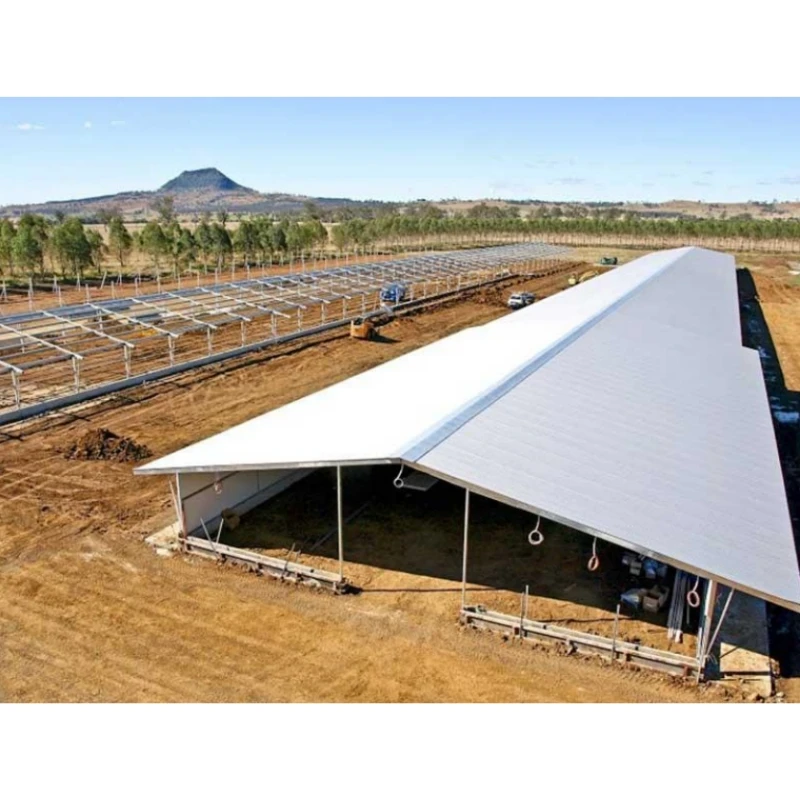- Afrikaans
- Albanian
- Amharic
- Arabic
- Armenian
- Azerbaijani
- Basque
- Belarusian
- Bengali
- Bosnian
- Bulgarian
- Catalan
- Cebuano
- Corsican
- Croatian
- Czech
- Danish
- Dutch
- English
- Esperanto
- Estonian
- Finnish
- French
- Frisian
- Galician
- Georgian
- German
- Greek
- Gujarati
- Haitian Creole
- hausa
- hawaiian
- Hebrew
- Hindi
- Miao
- Hungarian
- Icelandic
- igbo
- Indonesian
- irish
- Italian
- Japanese
- Javanese
- Kannada
- kazakh
- Khmer
- Rwandese
- Korean
- Kurdish
- Kyrgyz
- Lao
- Latin
- Latvian
- Lithuanian
- Luxembourgish
- Macedonian
- Malgashi
- Malay
- Malayalam
- Maltese
- Maori
- Marathi
- Mongolian
- Myanmar
- Nepali
- Norwegian
- Norwegian
- Occitan
- Pashto
- Persian
- Polish
- Portuguese
- Punjabi
- Romanian
- Russian
- Samoan
- Scottish Gaelic
- Serbian
- Sesotho
- Shona
- Sindhi
- Sinhala
- Slovak
- Slovenian
- Somali
- Spanish
- Sundanese
- Swahili
- Swedish
- Tagalog
- Tajik
- Tamil
- Tatar
- Telugu
- Thai
- Turkish
- Turkmen
- Ukrainian
- Urdu
- Uighur
- Uzbek
- Vietnamese
- Welsh
- Bantu
- Yiddish
- Yoruba
- Zulu
Oct . 30, 2024 12:49 Back to list
Detailed Farm Buildings The Backbone of Agricultural Success
Farm buildings are essential components of agricultural enterprises, playing a critical role in supporting various farming operations. They serve multiple purposes, from housing livestock and storing equipment to processing crops and providing essential workspaces. The design and construction of farm buildings can greatly influence the efficiency, productivity, and overall success of a farm.
Types of Farm Buildings
1. Barns Traditionally associated with agriculture, barns are versatile structures that can be used for storing feed, housing livestock, and protecting machinery. Modern barns are often designed with specific functions in mind, such as dairy barns for cows or poultry houses for chickens. These structures are typically built with ventilation systems to maintain optimal environments for animals.
2. Silos Silos are essential for storing bulk grain and feed and are crucial for ensuring food security on farms. They can be made from various materials such as concrete, steel, or fiberglass. The design of silos allows for easy loading and unloading and protects the stored products from moisture and pests, which is vital for maintaining their quality.
3. Greenhouses As agriculture trends towards sustainable practices, greenhouses have gained popularity. These controlled environments allow farmers to grow crops year-round, regardless of outside weather conditions. Modern greenhouses are equipped with advanced technology, such as automated climate control and irrigation systems, to optimize plant growth and yield.
4. Workshops and Storage Facilities The machinery used in farming is often expensive and requires proper maintenance. Dedicated workshops allow for repairs and storage of tools and equipment, protecting them from the elements and extending their life. These buildings may also serve as storage facilities for fertilizers, pesticides, and other materials, ensuring that they are organized and easily accessible.
detailed farm buildings

Planning and Construction
The planning and construction of farm buildings require careful consideration of various factors, including the specific needs of the farm, local regulations, and environmental impacts. Farmers must assess their unique circumstances, such as the type of livestock they manage or the crops they grow, to design buildings that maximize functionality.
Sustainability is an increasingly important aspect of new farm buildings. Many farmers are opting for eco-friendly materials and designs that reduce energy consumption. Features such as solar panels and rainwater harvesting systems are becoming commonplace, aligning with global efforts to promote sustainable agriculture.
The Economic Impact
Investing in well-designed farm buildings can yield significant economic benefits. Efficient buildings facilitate better management of livestock and crops, leading to increased productivity. They also reduce labor costs by streamlining operations. Moreover, well-maintained and strategically built structures can enhance the value of the farm itself.
In conclusion, detailed farm buildings are crucial for modern agriculture. They support various operations, from livestock management to crop production, and contribute to the sustainability and efficiency of farming practices. As agricultural demands continue to evolve, so too will the design and functionality of farm buildings, ensuring that they remain integral to the success of farming enterprises. By investing in proper facilities, farmers not only safeguard their livelihoods but also contribute to the broader objective of feeding a growing global population.
-
How Do Prefabricated Steel Structures Transform Modern Construction?
NewsJul.14,2025
-
How Do Prefabricated Metal Buildings Redefine Modern Construction?
NewsJul.14,2025
-
How Do Prefab Insulated Metal Buildings and Steel Structures Revolutionize Modern Construction?
NewsJul.14,2025
-
How Do Pre - Engineered Steel Structures Redefine Modern Construction?
NewsJul.14,2025
-
Advancing Modular Construction with Prefabricated Metal Structures
NewsJul.14,2025
-
Advancing Industrial Infrastructure with Prefabricated Steel Solutions
NewsJul.14,2025
Products categories
Our Latest News
We have a professional design team and an excellent production and construction team.












